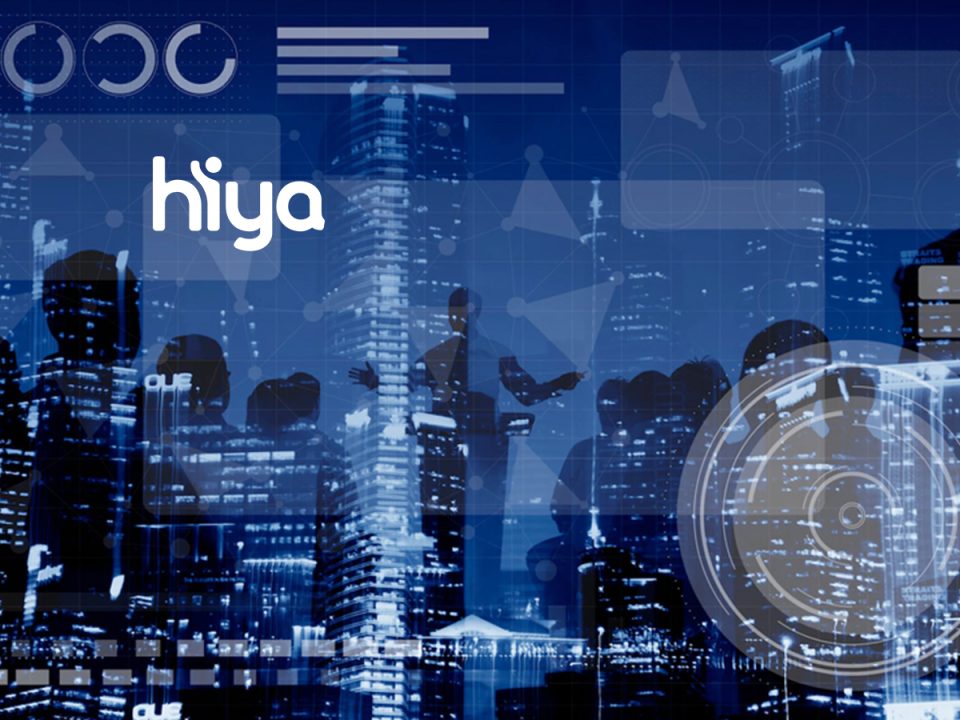-
In just three months, Hiya reported 9.7 billion calls as suspected spam to its customers
-
Hiya now flags 105 million spam calls on average every day, in the fight against spam and fraud
Hiya, the leading voice intelligence platform, reveals that it flagged more than 9.7 billion calls as suspected spam in Q3. The prevalence of spam calls means that Hiya flags more than 105 million suspected nuisance calls worldwide every day.
The findings are revealed in Hiya’s Q3 2024 Global Call Threat Report, which explores the volume, frequency, and type of phone spam and fraud in more than 40 countries from July to September 2024. Spam is defined as unwanted calls, and includes both fraud calls and nuisance calls.
The greatest threat globally comes from fraudsters posing as banks and credit card companies. In almost every country, people are now being subjected to spam calls of this nature. The fraudsters’ aim is clear: convincingly impersonate banks or credit card companies enough to get their victims to reveal account information and passwords in order to gain access to bank accounts and remove funds.
Fraudsters impersonating Amazon were the second most common global threat. Scam callers aim to scare victims into thinking there is a problem with a card linked to their Amazon account or trick them into sharing personal information to verify their details to complete an order or delivery.
Read More: AI Can Save E-commerce Vendors from Cash Flow Squeeze
Spam calls are a global issue with country-specific nuances
On a country level, the volume of spam calls and the types of scams differ greatly. Brazil tops the list with an astounding average of 28 per month, which means people receive them almost daily, 14% of which are fraud. By contrast, in Germany, the average rate of spam calls is as low as 2 per person each month. Spain received the most spam calls in Europe at 13 per month and also recorded the highest rate of fraud calls.
United States in focus
- US citizens have seen spam call rates increase from an average of 11 to 13 per month since Q3 2024.
- Medicare scams continue to dominate and are likely to increase in Q4 during its open enrolment period. Scammers’ tactics here are different, rather than entice victims to hand over financial information, it’s personal information such as their Medicare number that’s deemed more valuable, so they can falsely bill the US government.
- The US also saw a high proportion of insurance scams, which ranked second. Fraudsters also impersonated IRS tax agents, Amazon and Google representatives, and police personnel to scam their victims, many of whom have been identified as robocalls.
UK in focus
- Following the trend of the last two years, HMRC scams dominated as the most common phone scams, with fraudsters fishing for personal and financial information under the threat of unpaid taxes. Amazon scams ranked second, closely followed by credit card scams, specifically those impersonating Visa and Mastercard. In fourth position were immigration scams, however, delivery scams with fraudsters impersonating Royal Mail, DHL, and UPS continued during the summer months.
Kush Parikh, President at Hiya said: “Quarter-on-quarter, our data shows fraud call rates continue to rise. Despite growing awareness of the risks, fraudsters are becoming more sophisticated, fuelled in part by the latest technology to adapt their tactics. Examples of robocalls are plentiful, demonstrating that it is becoming easier – and less time intensive – for scammers to spam call victims in high volumes.”
“What has become apparent is that certain markets are making gains in reducing spam call volumes. In the UK, for example, the mass adoption by operators in technology that will help to prevent these calls from ever reaching their customers is undeniably having an impact. But it’s clear more needs to be done by the finance sector, government departments like HMRC, and large global brands like Amazon and Google to ensure customers have a clear picture of what a legitimate call looks like, to help protect them from future harm.”
Read More: Global Fintech Series Interview with Jeff Marsden, Chief Product Officer at PureFacts
[To share your insights with us, please write to psen@itechseries.com ]
